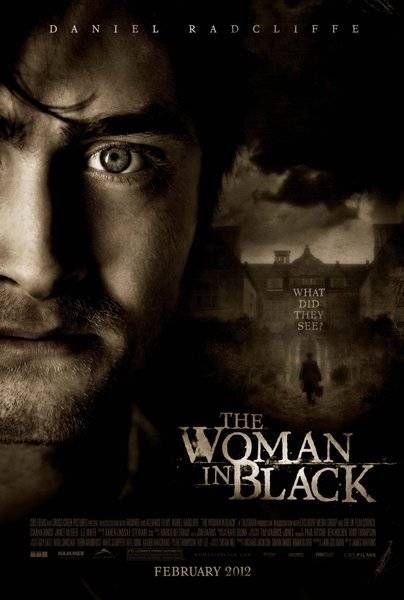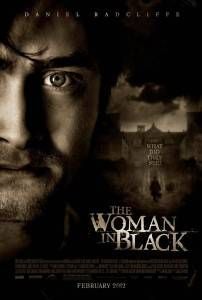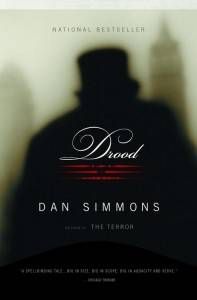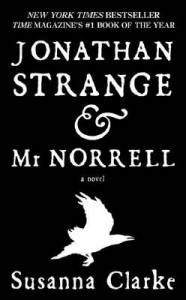
Movie-To-Book Recommendation Engine: THE WOMAN IN BLACK
This time, when we turn the crank on the Movie-to-Book Recommendation Engine, what falls out is a lot of magic, gothic people, blood and ghosts. Happily, that’s what falls out anytime I’m asked to produce something, so it means the machine is working properly…
The Film:

Book Recommendations:

Not only is it a remarkable and spooky book, but you’ll emerge from it with a surprisingly workable knowledge about the life and works of Charles Dickens and Wilkie Collins, and frankly, I can’t think of a situation when this isn’t useful.

Jonathan Strange & Mr Norrell is the story of two magicians, beginning in the year 1806. English magic has dwindled away into non-use and is the domain only of fussy Gentlemen Magicians who read books about the subject and debate the matter, but would go no further (for actually doing magic is a impolite, ungentlemanly endeavor). Mr Norrell is the last practicing magician in England, who is virtually unknown despite his vast knowledge, large because he is a tremendously unlikeable old crank. A proper bastard. Jonathan Strange is a brash young man who decides he’s going to become a magician and then, infuriatingly, becomes perhaps the greatest magician of the age. Unfortunately, magic is a little bit alive and great deal dangerous, as are the creatures who inhabit the world of magic as surely as leviathan beasts inhabit deep ocean waters. Additionally, there’s the Napoleonic War to contend with, and maybe far worse than that, London High Society.
What the movie and book share is less of a horror sensibility and more of a long, slow-crawl structure for letting the story unfold at its own pace. They are both, in their different ways, works which you get into and live inside of for the duration. Strange & Norrell, your habitation may go on for quite some time. My hardcover copy is nearly 800 pages in length, and they are dense pages. Strange & Norrell veers wildly across the genre map, from a fantasy novel, to a comedy of manners, to a horror story, to a military novel, and many more besides.
And since I’ve been listing useful features to having read this book, I’ve long argued that Jonathan Strange & Mr Norrell is the perfect entrance into the vast world of pre-1900s literature, the sort of books one might have been put off from reading thanks to school. When one is acclimated to the storytelling and voice of this book, it is no great difficulty to go off and read Dickens, or Austen, or Lord Byron, or a million other authors of days gone by. This book is your gateway drug, and within a year you’ll be mainlining Dostoevsky off the surface of a mirror, although I’m a bit worried my metaphor’s gone off the rails here…
…
Next time, we feed those cult films nobody watched about a kid named Harry Potter into the Engine and we see what books falls out. Don’t touch that dial. (Why does your computer even have dials? You’re weird.)











